Biblioteca de la Aldea Artística Seohak (서학예술마을도서관)
1.0Km 2024-10-15
Seohak-ro 12-1, Wansan-gu, Jeonju-si, Jeonbuk-do
CGV (Sucursal Gosa de Jeonju) (CGV 전주고사)
1.1Km 2024-10-22
Gosa-dong 355-1, Wansan-gu, Jeonju-si, Jeonbuk-do
Sendero Baramssoeneun-gil (바람쐬는길)
1.1Km 2024-04-06
Baramssoeneun-gil 21, Wansan-gu, Jeonju-si, Jeonbuk-do
Festival Internacional de Cine de Jeonju (전주국제영화제)
1.2Km 2025-07-08
Jeonjugaeksa 3-gil 22, Wansan-gu, Jeonju-si, Jeonbuk-do
+82-63-288-5433
El Festival Internacional de Cine de Jeonju es el centro de las películas alternativas e independientes del mundo, que se celebra bajo el tema de libertad, independencia y comunicación. Cuenta con un evento con diversos programas, que buscan comunicarse con el público y alcanzar un crecimiento compartido con los espectadores. Empezó a celebrarse en el año 2000, buscando “maravillosos cambios en el mundo a través de películas”, y hoy día es un importante pilar de las películas independientes, ya que se dedica a descubrir y presentar películas con espíritu emprendedor y creativo.
Jeonju New Jungang Market (전주 신중앙시장)
1.3Km 2025-07-17
70, Taepyeong 3-gil, Wansan-gu, Jeonju-si, Jeonbuk-do
Jeonju Jungang Market is one of the four major traditional markets in Jeonju. The four major traditional markets in Jeonju constists of Nambu Market, Dongbu Market, Jungang Market, and Moraenae Market, The Jungang Market's Tteok (rice cake) Alley, by the market entrance connected to the road leading to the bus stop, is known for selling delicious rice cakes at a cheaper price than at regular stores.
Supermercado Ahyeon (아현슈퍼)
1.4Km 2024-08-14
Dongseohak-dong 854-7, Wansan-gu, Jeonju-si, Jeonbuk-do
‘아현슈퍼’는 2022년도 방영된 tnN 드라마 ‘스물다섯 스물하나’의 1990년대를 배경으로 한 촬영을 하기 위해 레트로한 옛날 분위기가 그대로 담긴 슈퍼로 꾸몄다. 드라마 촬영 후 철거되었으나 인기에 힘입어 다시 설치되었다. 이곳은 운영 중인 슈퍼가 아닌 빈 집 세트장 이며 주인공들이 앉아서 도란도란 이야기를 나누던 노란 평상이 포토 스폿이다. 이곳에서 키스에 대한 나희도(김태리)와 백이진(남주혁)의 오해 장면, 백이진(남주혁)이 오토바이로부터 나희도(김태리)를 지켜낸 장면이 촬영됐다.
Jungboni Jaengban Jjajang (중본이쟁반짜장)
1.5Km 2024-10-15
71, Gongbuk-ro, Wansan-gu, Jeonju-si, Jeonbuk-do
+82-63-271-2223
A place where you can enjoy various Chinese dishes. This Chinese (cuisine) restaurant is located in Jeonju-si, Jeollabuk-do. The representative menu is noodles in black bean sauce.
Santuario Chimyeongjasan (치명자산성지)
1.6Km 2025-08-13
Baramssoeneun-gil 89, Wansan-gu, Jeonju-si, Jeonbuk-do.
Se encuentra localizado en la cima del monte Seungamsan, que es el escenario de fondo del pabellón histórico Hanbyeokdang, ubicado en el área sudeste de la ciudad de Jeonju. Hacia el costado de una gran cruz de piedra, con aproximadamente 4 m de altura, se ha fundado una iglesia católica sobre una roca tallada. En este santuario descansan los restos de la pareja de Yu Jung-cheol (Juan) y Lee Sun-i (Rugalda), y el resto de los miembros familiares. Yu Hang-geom, el primer fiel católico de Corea, y padre de Yu Jung-cheol, nació en el pueblo Chonam, Iseo-myeon, de Wanju-gun. Después de sufrir opresiones y persecuciones por cuestiones religiosas, fueron decapitados en las afueras de Nammun. La pareja de Yu Jung-cheol y Lee Sun-i, luego de mantener la virginidad por sus ideales religiosos hasta después de 4 años de haberse casado, finalmente fueron condenados a muerte. La enorme cruz de piedra puede ser observada desde las distintas partes del área, y es famosa como lugar de peregrinación de los cristianos. Los túmulos de la pareja se encuentran enterrados en la parte más alta del santuario, y hacia un lado está presente la iglesia conmemorativa. Por encima de donde se encuentra la tumba de la pareja, se ve asomando la roca milagrosa (de Jesús y María), designado Patrimonio Natural por la excelencia de la escultura. Otra de las bellezas para apreciar es el camino que se presenta desde el comienzo hasta la cima de la montaña, que se asemeja a una alfombra de flores.
Parque del Monte Wansan (완산공원)
1.9Km 2025-07-10
Gongsunae 1-gil 19-4, Wansan-gu, Jeonju-si, Jeonbuk-do
El Parque del Monte Wansan se encuentra en la parte sur de la ciudad de Jeonju. En su punto más alto tiene un pabellón ubicado en la parte superior donde las personas pueden observar la zona. El parque está administrado por el Ayuntamiento de Jeonju y es un refugio popular para los lugareños, especialmente en primavera, cuando los árboles están en plena floración bordeando los senderos.
Jeonju Moraenae Market (전주 모래내시장)
1.9Km 2025-07-17
8-8, Moraenae 4-gil, Deokjin-gu, Jeonju-si, Jeonbuk-do
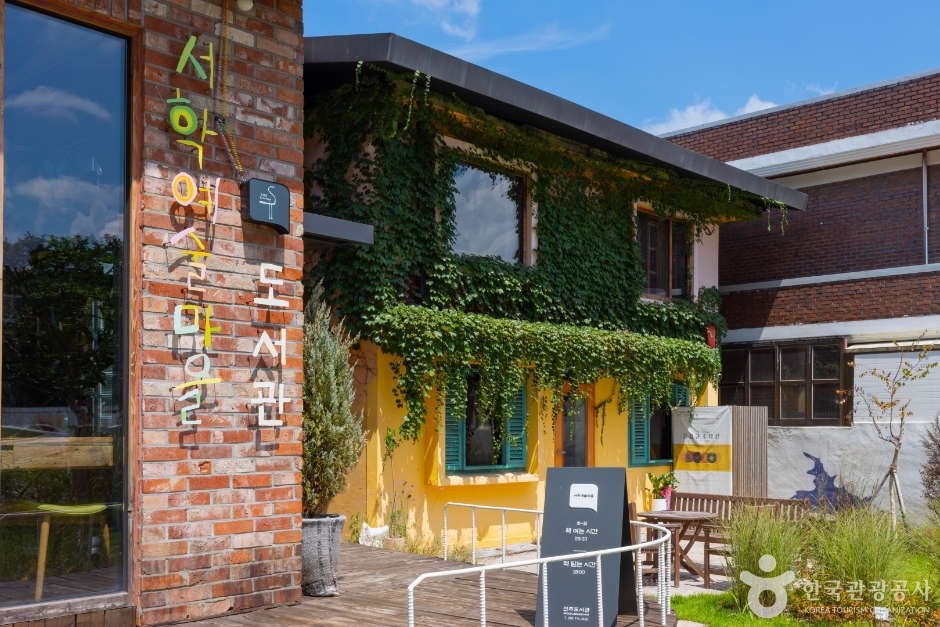
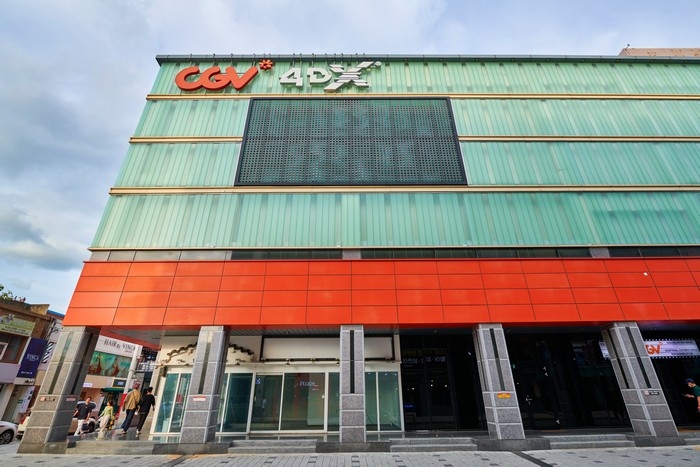
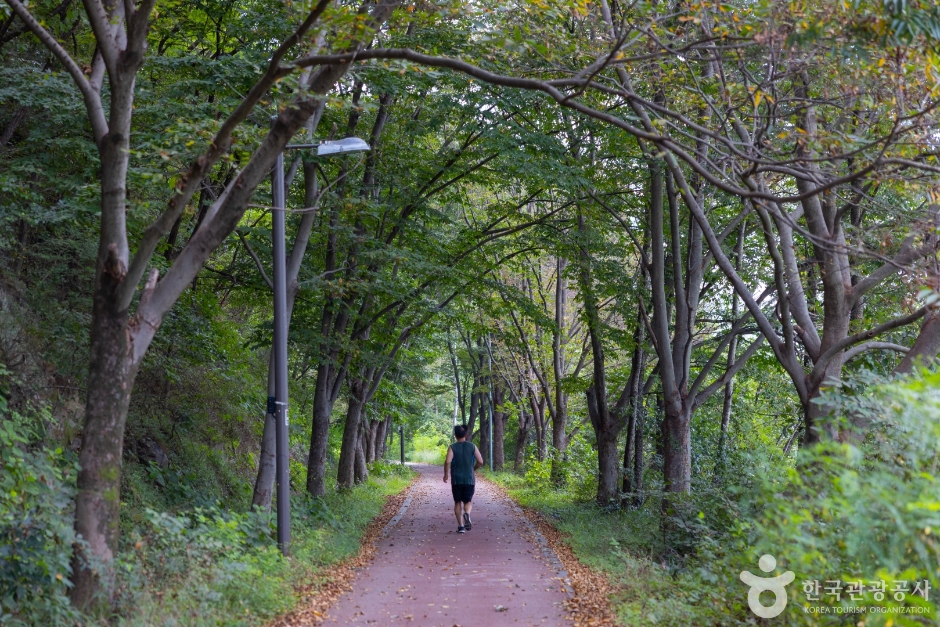
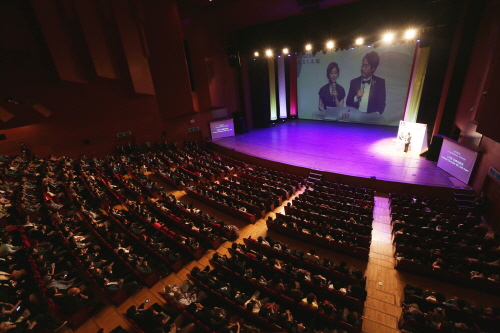
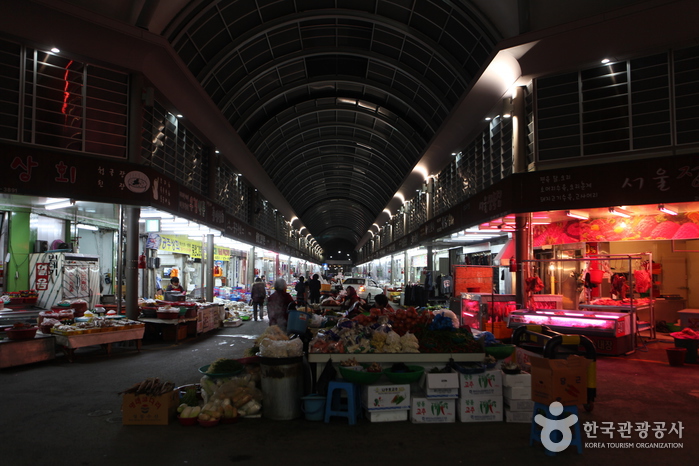
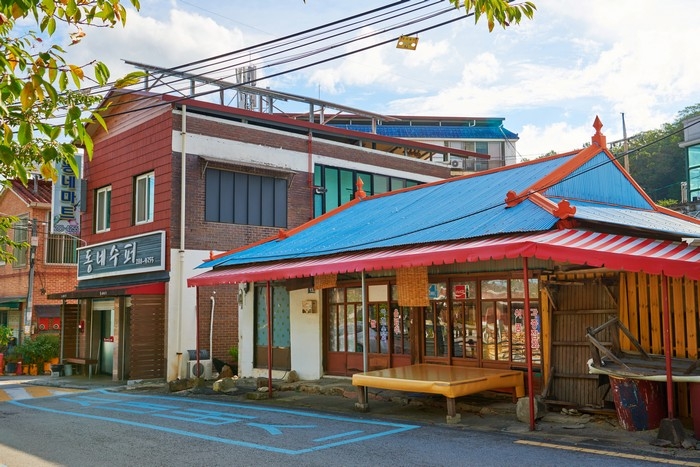
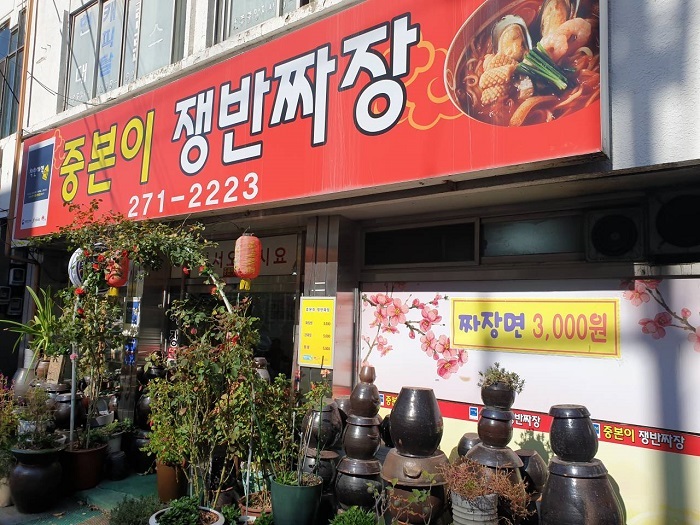
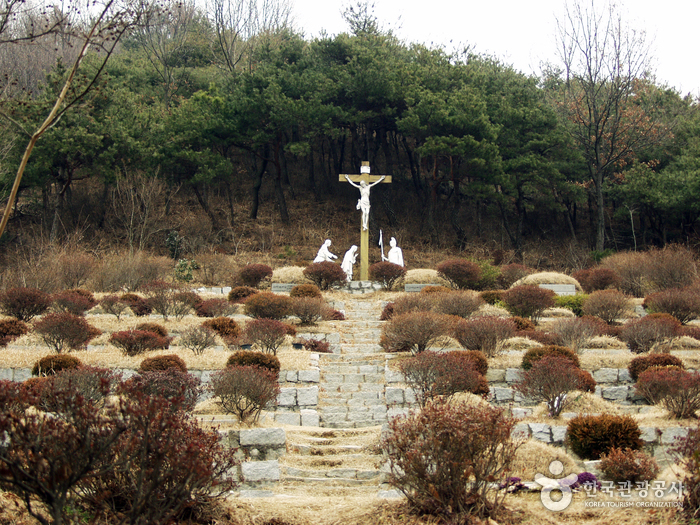
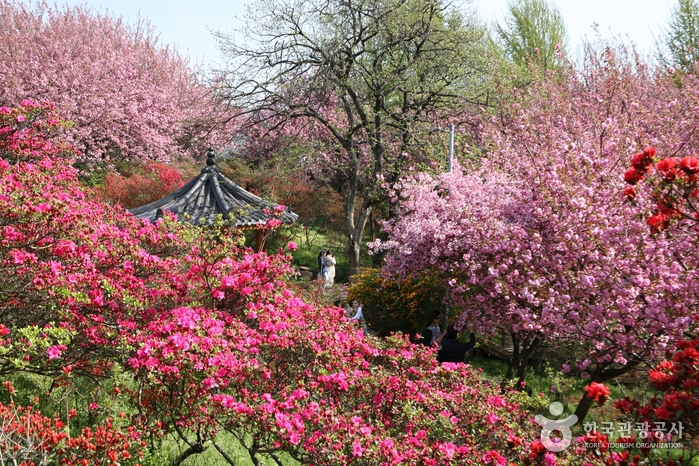
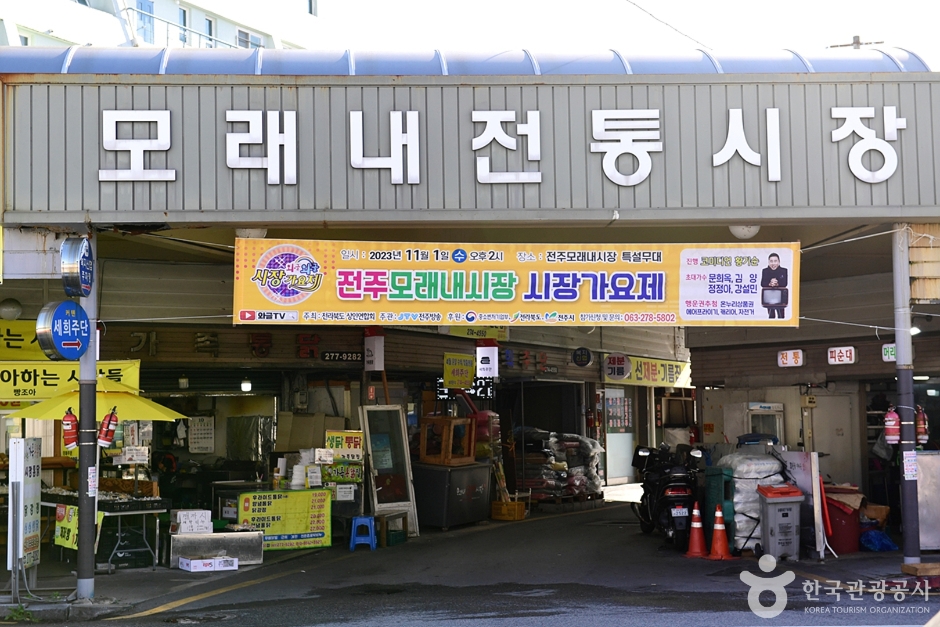
 Español
Español
 한국어
한국어 English
English 日本語
日本語 中文(简体)
中文(简体) Deutsch
Deutsch Français
Français Русский
Русский